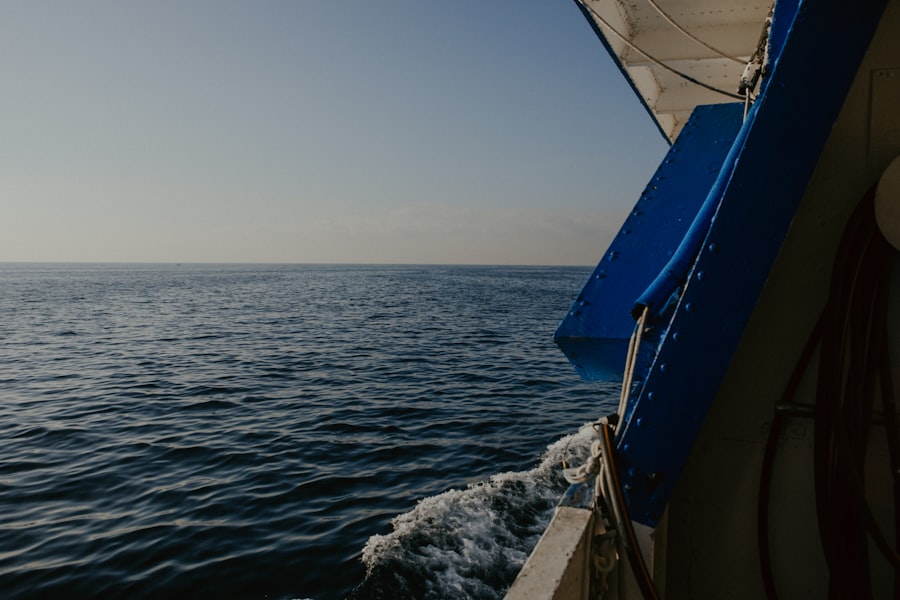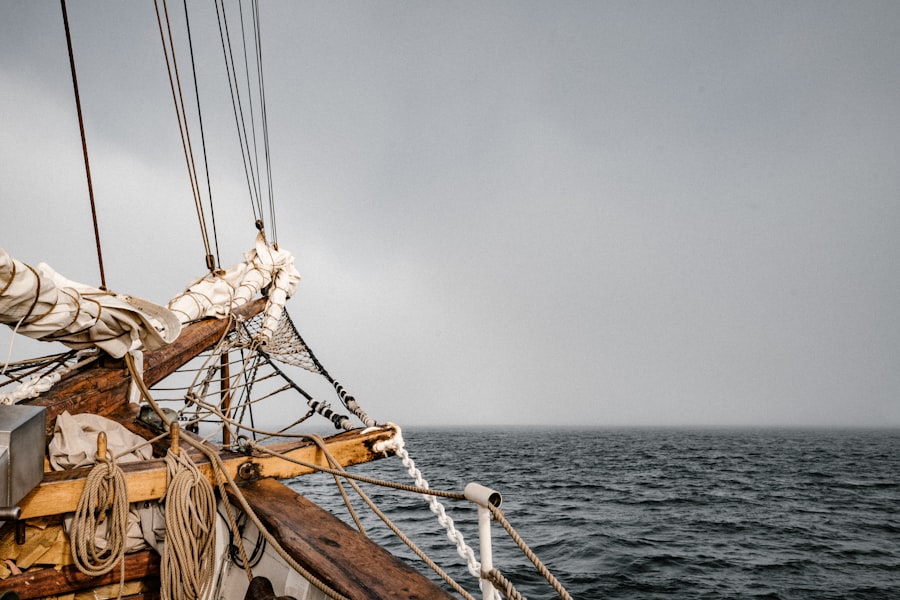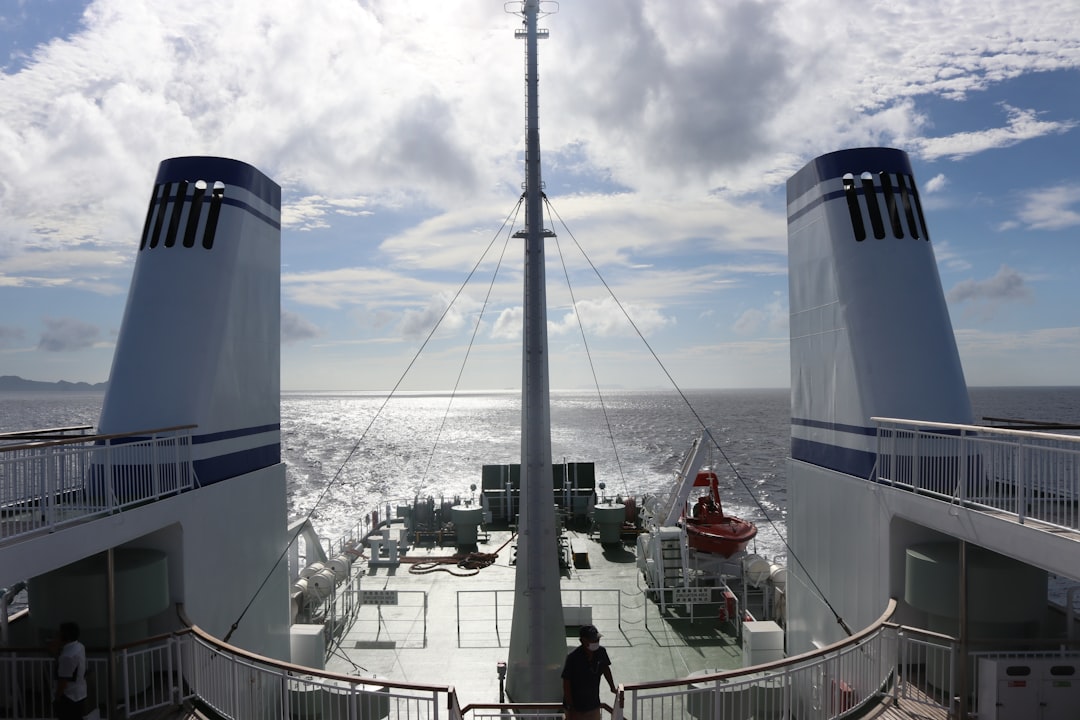The Drake Passage, a body of water that separates South America from Antarctica, is renowned for its tumultuous seas and breathtaking vistas. Stretching approximately 600 miles, this passage is often regarded as one of the most challenging maritime routes in the world. Named after the English explorer Sir Francis Drake, who navigated these waters in the late 16th century, the Drake Passage has become a rite of passage for adventurers and nature enthusiasts alike.
Its unique geographical position not only makes it a critical point for maritime navigation but also serves as a gateway to the pristine wilderness of Antarctica. The waters of the Drake Passage are characterized by their unpredictable nature, with strong currents and shifting weather patterns that can change rapidly. This unpredictability has earned the passage a reputation for being both exhilarating and daunting.
For those who dare to traverse these waters, the experience promises to be unforgettable, offering glimpses of stunning icebergs, towering mountains, and an array of wildlife. As travelers embark on this journey, they are not merely crossing a body of water; they are entering a realm where nature reigns supreme, and adventure awaits at every turn.
Key Takeaways
- The Drake Passage is a treacherous body of water located between South America’s Cape Horn and the South Shetland Islands of Antarctica.
- Travelers should expect rough seas, strong winds, and potentially challenging sailing conditions when preparing for a journey through the Drake Passage.
- When choosing a sailing adventure, it’s important to consider factors such as the size and stability of the vessel, the experience and expertise of the crew, and the amenities and accommodations offered on board.
- Navigating the weather and sea conditions in the Drake Passage requires careful planning, flexibility, and a willingness to adapt to changing circumstances.
- Wildlife encounters in the Drake Passage are a highlight of the journey, with opportunities to see a variety of seabirds, whales, and other marine life in their natural habitat.
Preparing for the Journey: What to Expect
Preparation is key when embarking on a journey through the Drake Passage. Travelers should be aware that this adventure requires not only physical readiness but also mental fortitude. The passage is notorious for its rough seas, and those who are prone to seasickness may want to take precautions ahead of time.
It is advisable to consult with a healthcare professional about suitable medications or remedies to alleviate symptoms of motion sickness. Additionally, travelers should familiarize themselves with the ship’s layout and safety protocols to ensure a smooth sailing experience. Packing appropriately is another crucial aspect of preparation.
The weather in the Drake Passage can be highly variable, with temperatures ranging from mild to frigid. Layering clothing is essential, as it allows individuals to adapt to changing conditions throughout the day. Waterproof gear, sturdy footwear, and warm accessories such as hats and gloves are also recommended.
By preparing adequately, adventurers can focus on enjoying the journey rather than worrying about discomfort or unexpected weather changes.
Choosing the Right Sailing Adventure

Selecting the right sailing adventure in the Drake Passage can significantly enhance the overall experience. Various options are available, ranging from luxury cruises to more rugged expedition-style voyages. Each type of adventure offers its own unique perspective on this remarkable region.
Luxury cruises often provide a more comfortable experience with amenities such as fine dining and spacious cabins, while expedition voyages may focus on exploration and immersion in nature. Travelers should consider their personal preferences and priorities when choosing a sailing adventure. For those seeking a more intimate experience with nature, smaller vessels may be preferable, as they can navigate closer to shorelines and ice formations.
Regardless of the choice made, it is essential to research different operators and read reviews to ensure that the selected adventure aligns with individual expectations.
Navigating the Weather and Sea Conditions
| Metrics | Values |
|---|---|
| Wind Speed | 15 knots |
| Wave Height | 2 meters |
| Visibility | 10 nautical miles |
| Barometric Pressure | 1015 mb |
The weather and sea conditions in the Drake Passage can be unpredictable, making it essential for travelers to stay informed and prepared. The passage is known for its strong winds and high waves, which can create challenging sailing conditions. Understanding these factors can help adventurers mentally prepare for their journey.
The best time to sail through the Drake Passage is typically during the austral summer months of November to March when conditions are generally milder. Travelers should also be aware that weather forecasts can change rapidly in this region. It is not uncommon for sunny skies to give way to sudden storms within a matter of hours.
Therefore, staying flexible and adaptable is crucial for anyone embarking on this journey. Experienced crew members will monitor conditions closely and make necessary adjustments to ensure passenger safety while maximizing opportunities for exploration.
Wildlife Encounters in the Drake Passage
One of the most captivating aspects of sailing through the Drake Passage is the opportunity to encounter diverse wildlife. The waters are teeming with life, including various species of whales, seals, and seabirds. Adventurers may have the chance to spot majestic humpback whales breaching the surface or playful orcas swimming alongside the vessel.
The sight of these magnificent creatures in their natural habitat is often a highlight for many travelers. In addition to marine life, the surrounding islands and ice formations provide habitats for numerous bird species. Travelers may observe albatrosses gliding gracefully above the waves or penguins waddling along icy shores.
These encounters offer a unique glimpse into the delicate ecosystems that thrive in this remote region. For wildlife enthusiasts and photographers alike, the Drake Passage presents an unparalleled opportunity to witness nature’s wonders up close.
Safety Measures and Emergency Protocols

Safety is paramount when navigating the Drake Passage, given its reputation for unpredictable conditions. Before setting sail, travelers should familiarize themselves with safety measures and emergency protocols outlined by the crew. This includes understanding evacuation procedures, locating life jackets, and knowing how to use safety equipment onboard.
Crew members are trained to handle emergencies and will provide guidance throughout the journey. In addition to onboard safety measures, travelers should also take personal responsibility for their well-being. Staying hydrated, following dietary recommendations, and adhering to safety guidelines during excursions are essential practices for ensuring a safe experience.
By remaining vigilant and prepared, adventurers can enjoy their journey through the Drake Passage with confidence.
Tips for a Comfortable and Enjoyable Journey
To enhance comfort during a sailing adventure in the Drake Passage, travelers can adopt several strategies. First and foremost, maintaining a positive mindset can significantly impact one’s experience. Embracing the unpredictability of the journey allows individuals to appreciate each moment fully, whether it involves navigating rough seas or marveling at stunning landscapes.
Additionally, engaging with fellow travelers can foster camaraderie and enrich the experience. Sharing stories and experiences during meals or onboard activities creates lasting connections among adventurers. Taking advantage of onboard amenities such as lounges or observation decks can also provide opportunities for relaxation while enjoying panoramic views of the surrounding seascape.
Sailing Routes and Itinerary Options
Sailing routes through the Drake Passage vary depending on the chosen adventure and operator. Some itineraries focus on direct crossings between Ushuaia in Argentina and various destinations in Antarctica, while others may include stops at remote islands or research stations along the way. Each route offers its own unique experiences and opportunities for exploration.
Travelers should carefully review itinerary options before booking their journey. Some operators may offer themed voyages centered around wildlife observation or photography workshops, while others may prioritize scientific education or cultural immersion. By selecting an itinerary that aligns with personal interests, adventurers can maximize their enjoyment of this remarkable region.
Historical and Scientific Significance of the Drake Passage
The Drake Passage holds immense historical and scientific significance that extends beyond its natural beauty. Historically, it has served as a critical maritime route for explorers seeking to navigate between continents. The passage has been traversed by countless adventurers over centuries, each contributing to our understanding of this remote region.
From a scientific perspective, the Drake Passage plays a vital role in oceanography and climate studies. The mixing of warm and cold ocean currents in this area influences global weather patterns and marine ecosystems. Researchers continue to study these dynamics to gain insights into climate change and its impact on marine life.
For those interested in history or science, sailing through the Drake Passage offers an opportunity to connect with both past explorations and ongoing research efforts.
Recommended Gear and Equipment for Sailing in the Drake Passage
When preparing for a sailing adventure in the Drake Passage, having the right gear is essential for comfort and safety. Waterproof clothing is a must-have item, as it protects against splashes from waves or unexpected rain showers. Insulated layers will help keep travelers warm during chilly evenings or when venturing out on deck.
Footwear should be sturdy and non-slip to ensure stability on wet surfaces. Binoculars are also recommended for wildlife watching, allowing adventurers to spot distant animals without disturbing them. Additionally, personal items such as sunscreen, lip balm, and reusable water bottles contribute to overall comfort during the journey.
Post-Sailing Reflections: Stories and Experiences from Fellow Adventurers
After completing their journey through the Drake Passage, many travelers find themselves reflecting on their experiences with a sense of awe and gratitude. The stories shared among fellow adventurers often highlight moments of connection with nature—whether it was witnessing a pod of whales breaching or standing in silence as an iceberg floated by. These shared experiences create lasting bonds among travelers who have navigated this challenging passage together.
Many return home with not only stunning photographs but also newfound friendships forged through shared adventures in one of Earth’s most remote regions. The memories created during this journey often inspire individuals to continue exploring new horizons and seeking out further adventures in nature’s embrace. In conclusion, sailing through the Drake Passage is an extraordinary adventure that combines natural beauty with rich history and scientific significance.
With proper preparation, an open mind, and a spirit of adventure, travelers can embark on a journey that will leave them with unforgettable memories and stories to share for years to come.
Sailing through the Drake Passage is often considered one of the most challenging maritime routes due to its unpredictable weather and strong currents. For those interested in learning more about the adventurous spirit required to navigate such treacherous waters, you might find the article on MyGeoQuest insightful. It delves into the experiences of sailors who have braved this formidable passage and offers tips for those considering the journey.
WATCH NOW! Drake Passage: Earth’s Deadliest Waters Revealed
FAQs
What is the Drake Passage?
The Drake Passage is the body of water between the southern tip of South America and the northern tip of the Antarctic Peninsula. It connects the southwestern part of the Atlantic Ocean with the southeastern part of the Pacific Ocean.
Why is sailing through the Drake Passage challenging?
Sailing through the Drake Passage is challenging due to its reputation for rough seas and strong winds. The convergence of the Atlantic, Pacific, and Southern oceans creates a unique and often turbulent maritime environment.
When is the best time to sail through the Drake Passage?
The best time to sail through the Drake Passage is during the austral summer, which runs from November to March. During this time, the weather is relatively milder, and the sea conditions are more favorable for sailing.
What are some of the highlights of sailing through the Drake Passage?
Sailing through the Drake Passage offers the opportunity to witness stunning scenery, including icebergs, glaciers, and diverse marine wildlife such as whales, seals, and seabirds. It also provides a sense of adventure and the chance to experience a remote and pristine environment.
What safety precautions should be taken when sailing through the Drake Passage?
When sailing through the Drake Passage, it is important to ensure that the vessel is well-equipped and the crew is experienced in navigating challenging maritime conditions. It is also advisable to have proper safety gear, including life jackets and emergency communication devices, and to follow the guidance of experienced expedition leaders.
